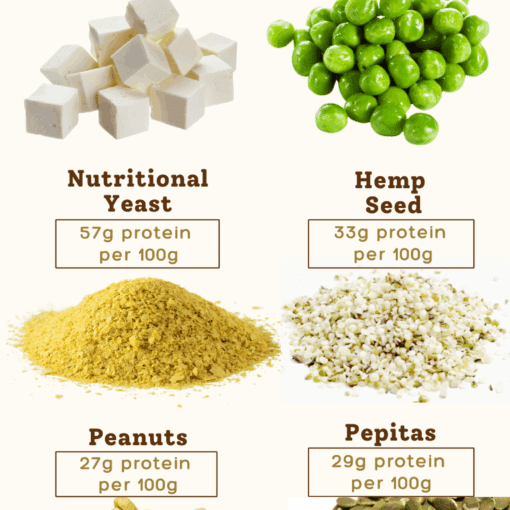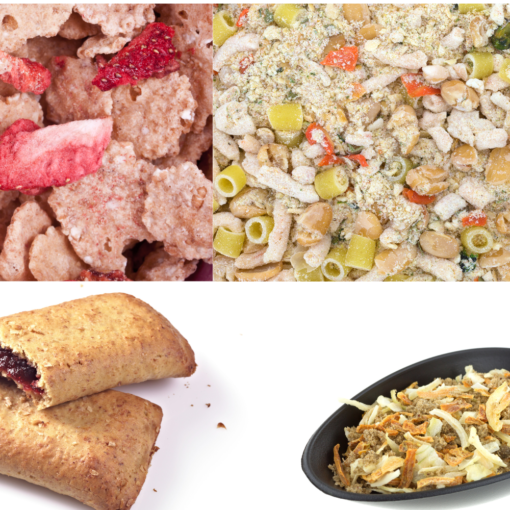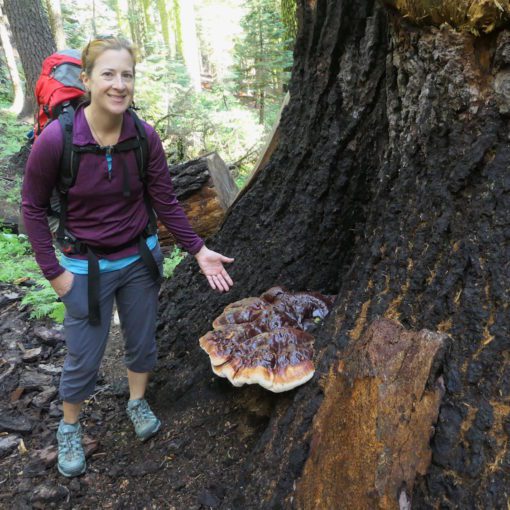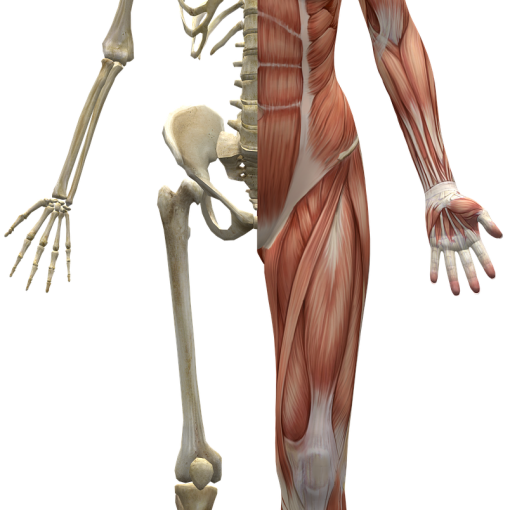Everyone knows meat, eggs, and dairy as a solid source of protein, but many plant-based ingredients, including legumes, whole grains, nuts, and seeds, are also rich in protein and can be added to trail food to meet (or exceed) your dietary needs. An easy way to boost the protein content of backpacking meals is to mix these proteins into already dried and instant foods like oatmeal, mashed potatoes, rice, pasta, and soup mixes. Small additions to each meal make a big difference in boosting your daily protein needs. Whether you follow a plant-based diet entirely or want to diversify protein […]
Food 301
Inexpensive and filling, lentils are often a forgotten food. That needs to change! Lentils are an excellent source of energy and protein and can be easily incorporated into trail recipes. Find out how lentils can help you boost your energy and find some easy ways to use them in backpacking meals. LLentils are the edible seeds of legumes, which fall under the category of pulses, alongside beans, field peas, and chickpeas. Like other legumes, lentils have a low glycemic index (GI), which helps slow the rate at which energy is released into the bloodstream. Their high fiber content not only […]
Food additives are commonly used to prevent or slow spoilage during storage, preserve vitamin content, or alter food’s appearance, taste, and texture. Food coloring is a type of additive that is functionally unnecessary — its sole purpose is to make food appear more colorful. Unsurprisingly, food dye is common in mass-produced packaged foods that you might be tempted to take backpacking. Common “backpacking” foods containing food dye include packaged food containing dried fruit and vegetables, cheese mix, butter powder, and gelatin. This includes – Pasta dishes Rice dishes Soup mix Trail mix Granola bars & Pop tarts Cheese-flavored chips and […]
You might wonder why humans would ever decide to eat mushrooms. At first glance, mushrooms might seem unappealing. They are, after all, a type of fungus, and many varieties are toxic. Unlike plants, mushrooms lack chlorophyll and do not require sunlight to grow. Instead, mushrooms grow from the decaying and deceased matter of plants and animals. Their cell walls do not contain plant cellulose but chitin, a carbohydrate-amine complex that also makes up the outer skeleton of insects and crustaceans. These characteristics can cause some people to write mushrooms off as inedible. However, a closer look reveals that mushrooms are a […]
When it comes to movement, having strong bones is essential for keeping yourself upright. Bones provide the structural framework for the entire body and work together with muscles to function as levers to produce controlled movements.
If you participate in endurance activities such as cycling, running, or backpacking, you need dietary calcium. How much?




